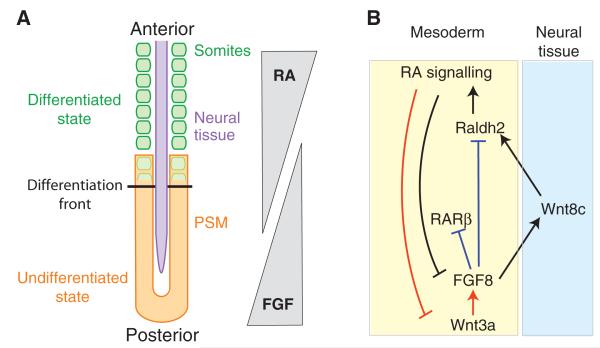Fig. 3. FGF signalling during posterior body axis extension.
(A) A schematic of an extending body axis in mouse and chick embryos. In the extreme posterior, FGF signalling is high, maintaining the stem zone at the posterior end of the axis in an undifferentiated state. Retinoic acid (RA) promotes differentiation of neural ectoderm and somitic mesoderm. A gradient of FGF signalling is established, which is antagonised by an inverse gradient of RA signalling. The differentiation front is the position at which RA signalling wins over FGF signalling, resulting in the overt differentiation of neural ectoderm and somitic mesoderm, starting at the transition zone. Neural plate is in purple; undifferentiated presomitic mesoderm (PSM) in orange; differentiated somitic mesoderm in green; and somitic mesoderm in the process of differentiation is shown in overlapping orange and green. (B) These two inverse gradients of FGF and RA signalling are themselves established by Wnt signalling. Note that Wnt8c is induced in the neural plate, whereas FGF8 and Raldh2 are expressed in the mesoderm. Thus, these molecules signal across germ layers. Black lines depict interactions shown in both chick and mouse, red lines are interactions shown in mouse only, and blue are interactions shown in chick only. RARβ, retinoic acid receptor β; Raldh2, retinaldehyde dehydrogenase 2.

